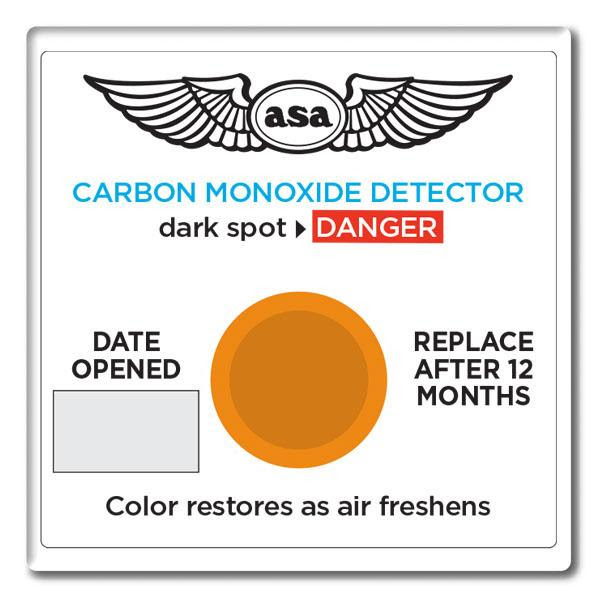AA5Bman
Line Up and Wait
- Joined
- Jun 14, 2009
- Messages
- 792
- Display Name
Display name:
He who ironically no longer flies an AA5B
Hi everyone, yes, I used the search function. Yes I googled, and yes I read the AvWeb articles. But I think I'm saturated in information at this point. Can someone just tell me where to spend my money? I'll send you my CC info hah.
I'd like to buy a CO detector for the plane that...
- Is aviation appropriate (i.e. appropriately sensitive)
- Does not have to have any daily test requirement
- Can be left "on" like a home CO detector
- Is loud enough to be heard in noise-cancelling headsets
- Is probably not panel mount, unless it is close to the budget, which I assume they are not, and...
- Is not more than, say, $200
What fits the bill?
I'd like to buy a CO detector for the plane that...
- Is aviation appropriate (i.e. appropriately sensitive)
- Does not have to have any daily test requirement
- Can be left "on" like a home CO detector
- Is loud enough to be heard in noise-cancelling headsets
- Is probably not panel mount, unless it is close to the budget, which I assume they are not, and...
- Is not more than, say, $200
What fits the bill?



